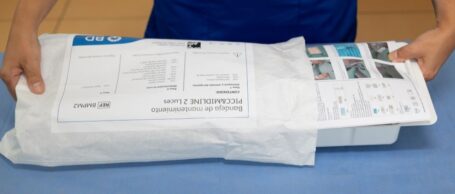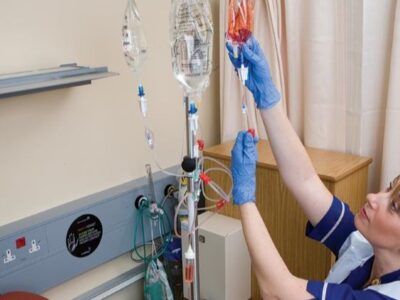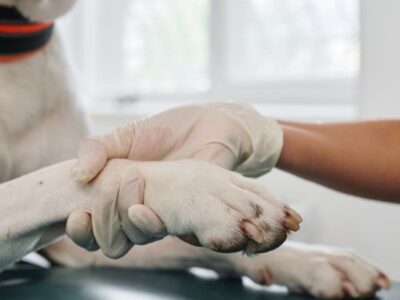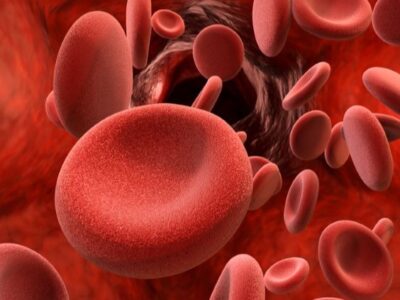News and innovation - October 21, 2024
Convenience packs: streamlined IV catheter care in the hospital and at home
Along with other considerations, central venous catheters or peripherally inserted central catheters (PICCs) are typically recommended when longer-term intravenous (IV)…








